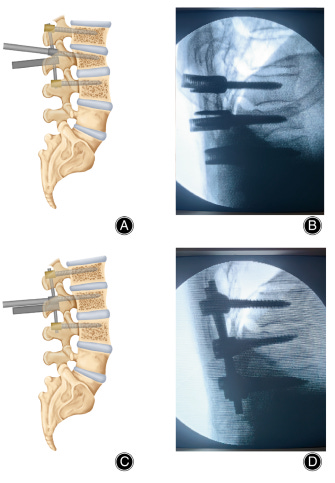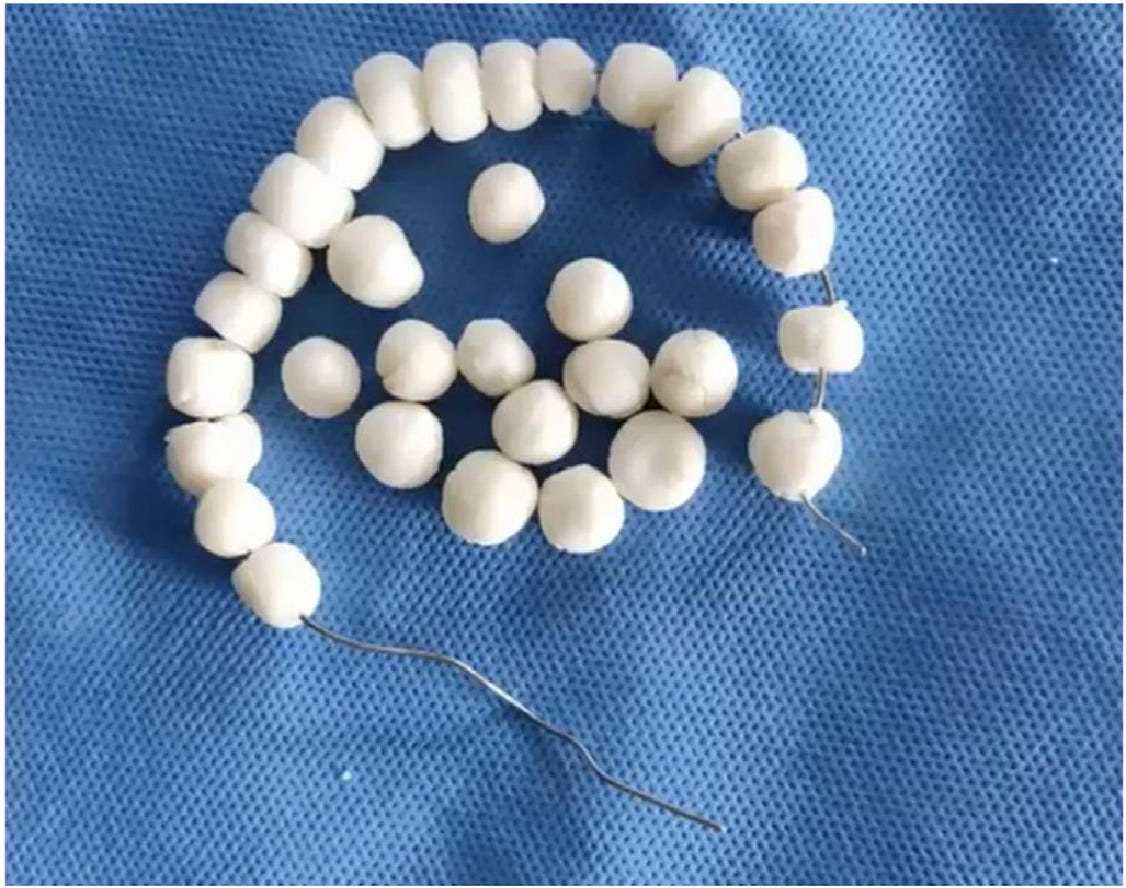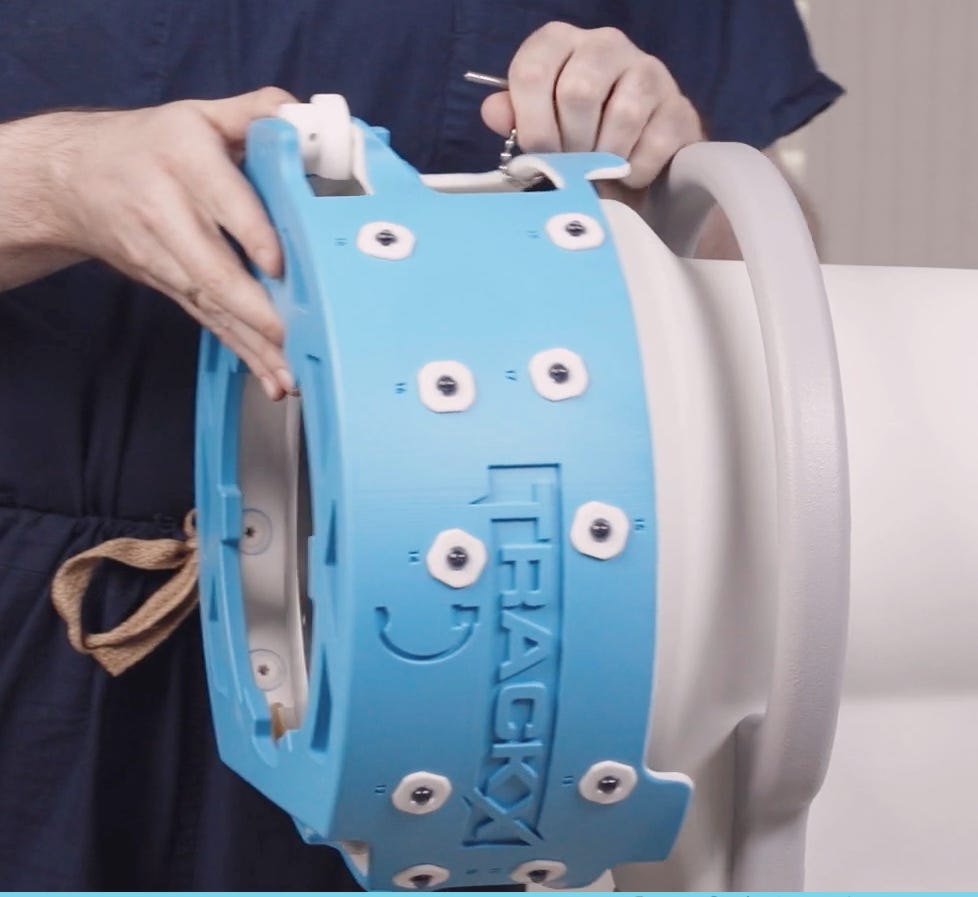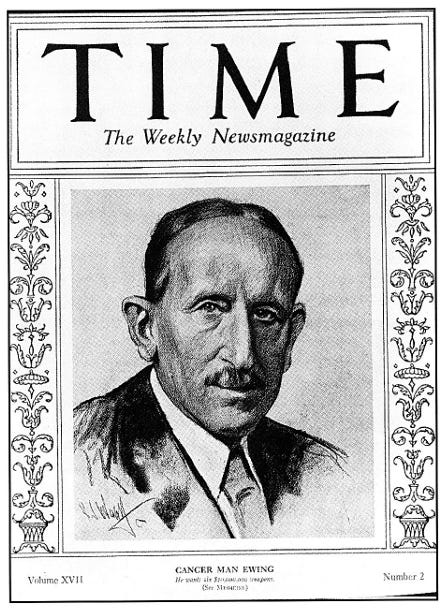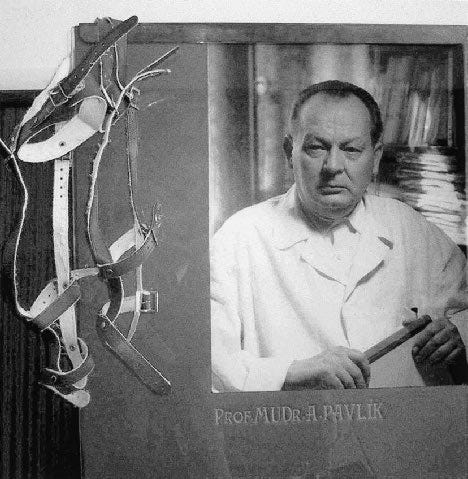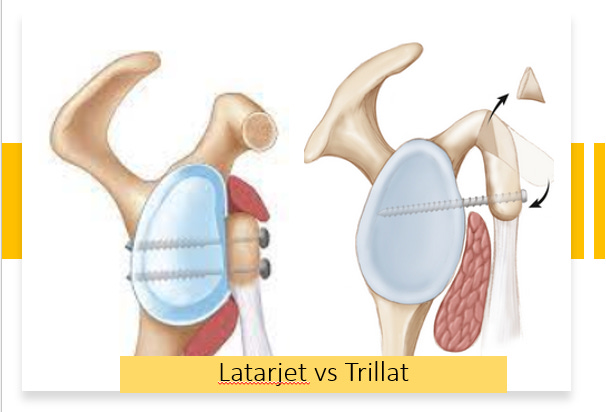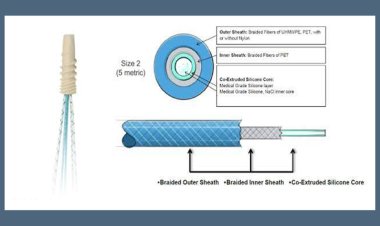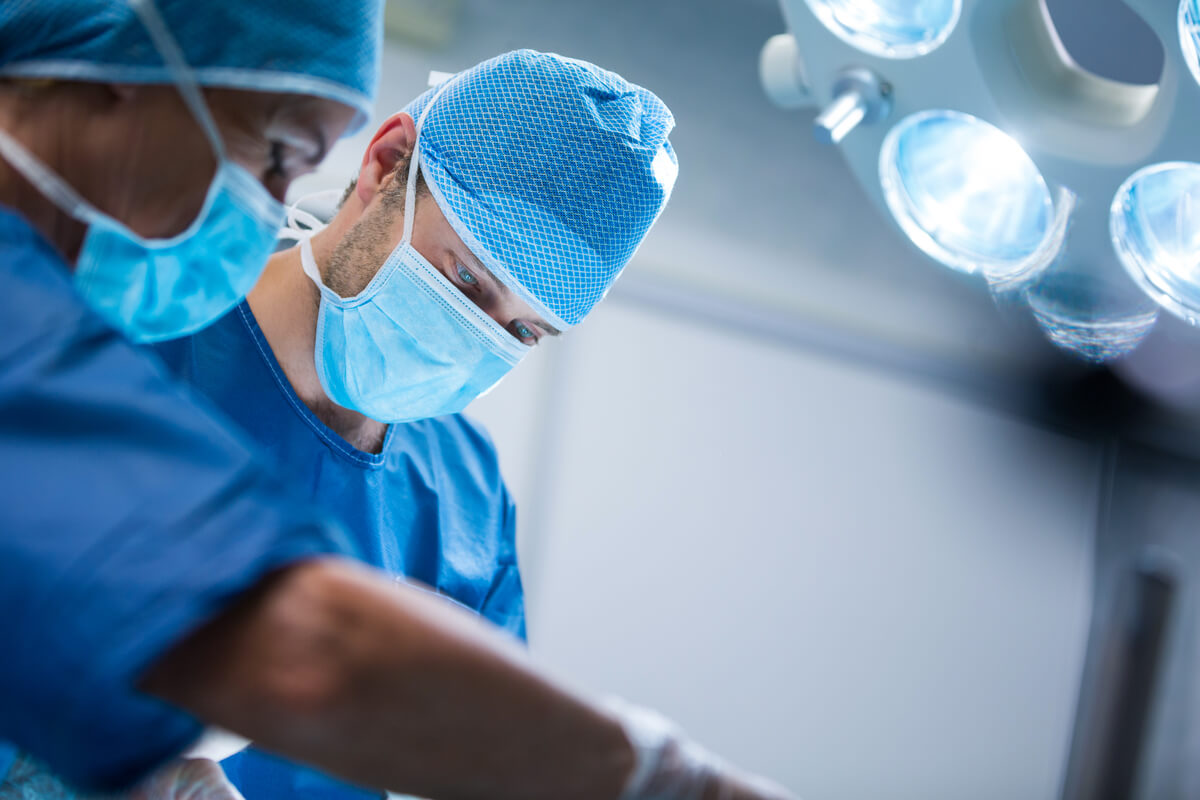"See what is beneath"
Enjoy reading a dedicated issue on "Office Orthopedics" that might help you see what is beneath!
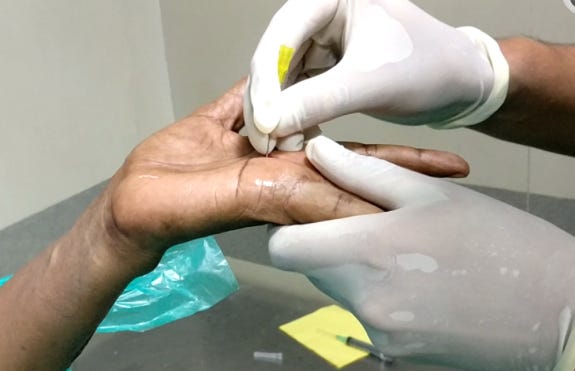
Look, feel, move, measure, and……. scan! - #NeoArmory
It’s time to add a fifth step to the traditional four steps of examination - look, feel, move and measure.
Welcome, POCUS (Point Of Care UltraSound)
POCUS avoids further clinic visits for scan report review, additional appointments, and more waiting. But that means big clunky machines that have to be plugged in and carried around on trolleys right?
That’s where Butterfly Network comes in. Their new BUTTERFLY iQ+ is an exciting take on ultrasound systems. A single probe device connects to your mobile phone or tablet. Replacing transducers with their patented single silicon ‘on-chip beam formation’ allows using one probe to switch between linear, curved, and phased modes.
This makes it a useful office setting diagnostic tool. Applications include picking up soft tissue injuries, tendinopathies, fasciitis, etc. NeedleVizTM allows excellent visualization of needles for guided injections like nerve blocks, barbotage, etc. All images are stored with European GDPR regulations so don’t worry about privacy protection.
The best part of it is telemedicine support. Hook it up to your MSK radiology buddies (pay them with Brew!) and get a live expert opinion. This is very much useful for remote communities. Don’t forget to check this video.

Lessons learned from the Swiss cowherd men!
In this world of modern investigations, as the art of clinical examination is slowly disappearing, we bring you guys, an interesting story of the humble beginnings of knee hammers in Orthopaedics.
Swiss cowherd men used a hammer to tap the heads of animals to identify the presence of cystic lesions. This observation influenced Dr. Jacob Wepfer to try it on humans. Finally, Van Sweiten developed a hammer to percuss the chest. In 1875 William Erb described the first deep tendon reflex - that of the knee - elicited using a finger tap or percussion hammer. “Each tap is followed by a contraction of the quadriceps, immediate like lightning, unmistakable, visible, palpable, and apparently reflex”
Gowers termed the reflex the "knee jerk" in 1879. Gowers used his stethoscope to elicit them. J. Madison Taylor invented the triangular hammer which is widely used even today. In Queen Square in London, around 1925, a Miss Wintle developed a heavy, springy, and completely painless hammer with a wheel mounted on a stick of bamboo.
That’s how this cool tool evolved over years. We can’t help but relish the child-like curiosity that these small devices give us during the clinical examination.

Pulling out the trigger in OPD:
-
A1 pulley was located first. It is at the metacarpophalangeal crease of the thumb, the proximal palmar crease of the index finger, halfway between the proximal and distal palmar creases of the middle finger, and the distal palmar creases of the ring and little finger.
-
2 ml of 2% plain lignocaine is injected locally around the nodule.
-
The finger is held firmly and hyper-extended at the metacarpophalangeal joint for palpation of the pulley.
-
A 20 G hypodermic needle is inserted into the flexor tendon sheath or nodule proximally, with the bevel oriented along the line of the finger
-
The needle is then withdrawn slightly until it ceases to move with flexion of the fingertip.
-
The A1 pulley is cut by moving the bevel of the needle longitudinally from proximal to distal. The surgeon feels a grating sensation as the needle tip cut through the transverse fibers of the A1 pulley.
Loss of grating sensation indicates the adequacy of the release, and the patient is asked to actively flex and extend the finger to verify the success of the procedure. Adequate release of the pulley is shown by the disappearance of the triggering on active movement of the digit.
Check out the functional outcomes here.
Getting cultured in reducing shoulders - #InTrials:
From the Hippocratic maneuver, we are slowly getting cultured and well-mannered when it comes to the reduction of shoulder dislocations.
The latest and more gentle method is from Dr. L Prakash of India. A method that perfectly fits office orthopedics with no anesthesia at all, it was popularised by Dr. Prakash on social media widely.
Its relative ease compared to conventional methods has attracted global attention. Kuru et al. analyzed the efficacy and safety of this maneuver in 19 patients and found a 95% success rate without any complications with a mean procedure time of 243 seconds. Anjum et al had similar results in 61 shoulders.
This method is a midnight savior. Check it out in this video
LAD Test: The new kid in the block for PCL rupture - #MostCited:
The Lateral-Anterior Drawer test (LAD-test) is the new kid in the block to diagnose PCL ruptures described by Seeber et al. They found the accuracy was comparable-to-superior to other commonly used clinical PCL-tests without any difference based on the surgeons’ expertise. They established 86% sensitivity and 98% specificity without any ramifications for the tested subjects.
LAD-testing position: 45° hip flexion, 90° knee flexion, and a self-selected neutral tibial rotation. The examiner placed one hand on the femur´s lateral distal end. The heel of the other hand is placed on the posterior-medial proximal tibia with the forearm oriented towards the anterolateral tibial tubercle (Fig). The tibia is moved back and forth through the available range of motion, in a medial-posterior–to–lateral-anterior direction, thereby noting the amount of lateral-anterior motion from the medial-posterior starting point.

Answer to last month’s question:
Which adjuvant therapy has a better depth of necrosis in the treatment of benign bone tumors?
-
Phenol
-
PMMA
-
Argon Beam Coagulation
-
Liquid nitrogen
According to Brenden et al, liquid nitrogen and Argon Beam Coagulation are the combined winners.
Check out these cool events:
-
21 November 2022 - 23 November 2022 - 2022 Clubfoot Africa Conference – Moulding the Future - Cape Town, South Africa
-
28 November 2022 - 30 November 2022 - 2nd International Conference on Arthroplasty and Orthopedic Surgery – Hybrid Event - Paris, France
-
26 January 2023 - 28 January 2023 - EPOS Advanced Course – Lower Limb Deformity Course - Vienna, Austria
#QuestionOfTheMonth:
What is the most common disregarded surgery upon the second opinion in spinal ailment?
-
Decompression
-
Stabilisation
-
Fusion
Well, hold your curiosity till October 2nd for our next issue. Have a superb September ahead.









